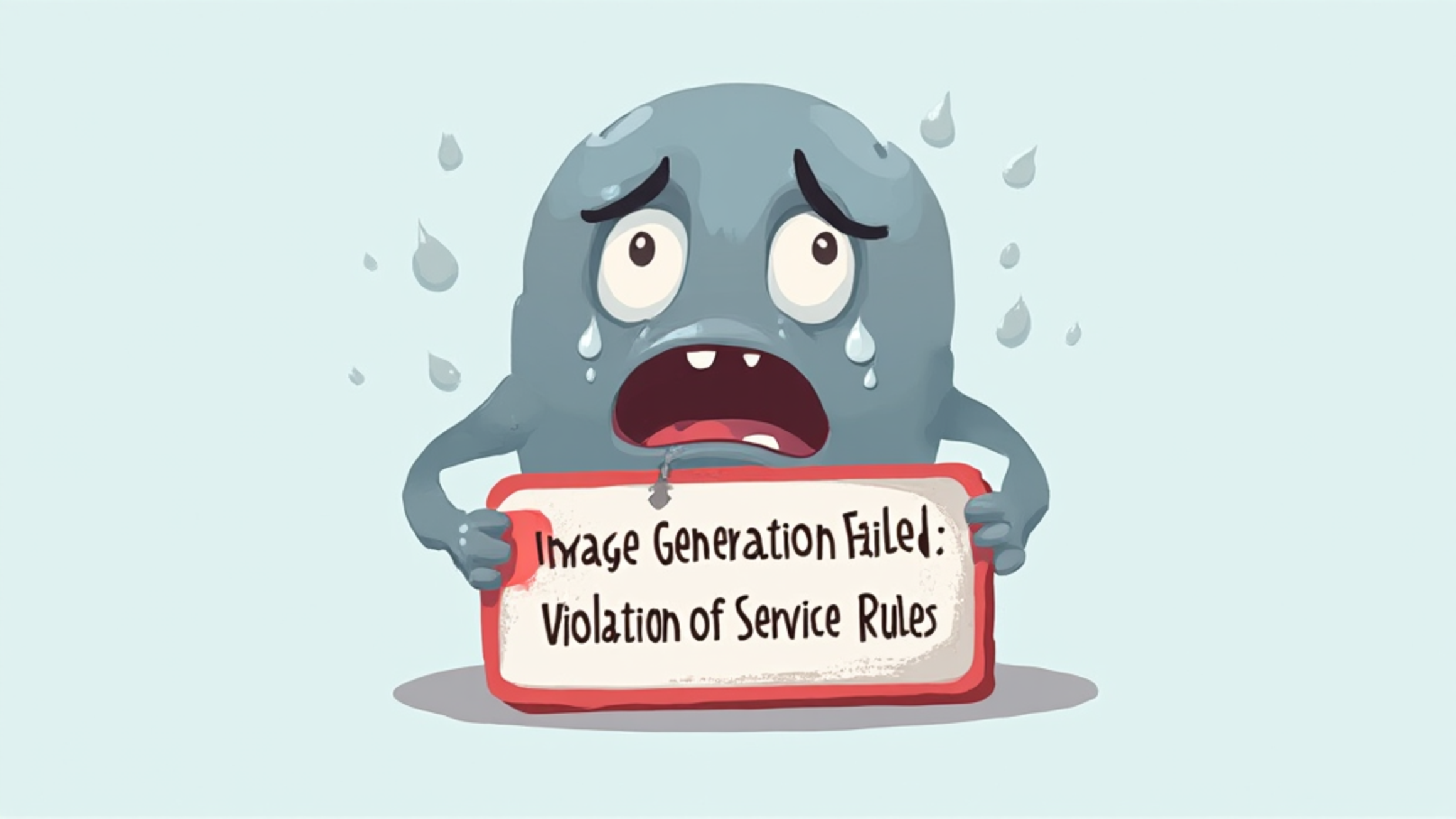Introduction to Inflation and Its Imoact on Savings
Understanding Inflation: Causes and Effects
Inflation is a sustained increase in the general price level of goods and services. It erodes purchasing power over time. For instance, if inflation is at 3% annually, a (100 item will cost )103 the following year. This gradual cost increase can significantly impact savings, as the real value of money diminishes.
To illustrate, consider the following effects of inflation on savings:
These factors can lead to a situation where savings do not grow at a rate that keeps pace with inflation. Many individuals may find their savings insufficient for future needs. It’s crucial to understand these dynamics. Protecting savings from inflation is essential.
The Current State of Inflation and Its Implications
Currently, inflation rates are experiencing significant fluctuations, driven by various economic factors. Supply chain disruptions and increased demand have contributed to rising prices. This situation creates a challenging environment for individuals seeking to preserve their savings. He may find that his purchasing power is diminishing rapidly.
Moreover, central banks are responding with monetary policy adjustments, including interest rate hikes. These measures aim to curb inflation but can also lead to higher borrowing costs. Consequently, he must navigate a landscape where traditional savings accounts yield lower real returns. It’s essential to consider alternative investment strategies. Diversification may mitigate risks associated with inflation.
The Role of Cryptocurrency in Inflation Hedge
How Cryptocurrencies Function as a Store of Value
Cryptocurrencies are increasingly viewed as a viable store of value, particularly in times of inflation. Their decentralized nature allows individuals to hold assets outside traditional financial systems. This characteristic can protect against currency devaluation. He may find that cryptocurrencies offer a hedge against inflationary pressures.
Additionally, many cryptocurrencies have a capped supply, which contrasts with fiat currencies that can be printed at will. This scarcity can enhance their value over time. Investors often seek these digital assets to preserve wealth. It’s important to understand the volatility involved. Price fluctuations can be significant.
Comparing Cryptocurrencies to Traditional Assets
Cryptocurrencies and traditional assets serve different purposes in an investment portfolio. While traditional assets like stocks and bonds are often tied to economic performance, cryptocurrencies operate independently of these factors. This independence can provide a unique hedge against inflation. He may find that cryptocurrencies offer diversification benefits.
Key differences include:
These factors can influence investment strategies. Understanding these distinctions is crucial. Investors should assess their risk tolerance. It’s a complex landscape.
Strategies for Protecting Your Savings
Diversifying Your Investment Portfolio
Diversifying an investment portfolio is essential for mitigating risk. By spreading investments across various asset classes, he can reduce the impact of market volatility. This strategy allows for potential growth while safeguarding against losses. It’s a prudent approach to financial management.
Common diversification strategies include:
Each asset class behaves differently under market conditions. Understanding these dynamics is crucial. He should regularly review his portfolio. Adjustments may be necessary over time.
Utilizing Stablecoins for Stability
Utilizing stablecoins can provide a reliable option for maintaining value in a volatile market. These digital currencies are pegged to stable assets, such as the US dollar, which helps minimize price fluctuations. He may find that stablecoins offer a safe haven during economic uncertainty. This stability can be particularly beneficial for short-term savings.
Investors often use stablecoins for arious purposes, including:
By incorporating stablecoins into his portfolio, he can enhance liquidity. This approach allows for easier access to funds when needed. Understanding the underlying mechanisms is essential. It’s a strategic move for financial security.
Long-Term vs. Short-Term Strategies
Assessing Your Financial Goals and Risk Tolerance
Assessing financial goals and risk tolerance is crucial for effective investment planning. He must determine whether he is focused on long-term growth or short-term gains. Long-term strategies often involve higher risk but can yield substantial returns over time. This approach requires patience and a strong understanding of market trends.
Conversely, short-term strategies prioritize liquidity and quick returns. These may involve trading or investing in volatile assets. He should evaluate his comfort level with potential losses. Understanding personal financial objectives is essential. It’s a foundational step in investment success. Regularly revisiting these goals is advisable. Adjustments may be necessary as circumstances change.
When to Shift Strategies Based on Market Conditions
Shifting investment strategies based on market conditions is essential for optimizing returns. He should monitor economic indicators, such as inflation rates and employment data. These factors can signal when to adjust his approach. For instance, in a bullish market, he may consider increasing exposure to equities. This strategy can capitalize on growth opportunities.
Conversely, during bearish trends, reallocating to safer assets may be prudent. He might focus on bonds or stablecoins to preserve capital. Key indicators to watch include:
Understanding these signals is vital. It’s important to remain flexible and responsive. Regular assessments can lead to better financial outcomes.
Conclusion: Taking Action Against Inflation
Recap of Key Strategies
To effectively combat inflation, he should implement several key strategies. Diversifying his investment portfolio can mitigate risks associated with market volatility. This approach allows for exposure to various asset classes. He may also consider utilizing stablecoins for stability during uncertain times. These digital currencies can help preserve purchasing power.
Additionally, regularly assessing financial goals and risk tolerance is crucial. He must remain adaptable to changing market conditions. Monitoring economic indicators can provide valuable insights. It’s essential to take proactive measures. Staying informed is vital for financial success.
Encouragement to Stay Informed and Adapt
Staying informed about economic trends is essential for effective financial management. He should regularly review market conditions and adjust his strategies accordingly. This proactive approach can help him navigate inflationary pressures. Knowledge is power in investment decisions.
Engaging with financial news and analysis can provide valuable insights. He may also benefit from networking with financial professionals. Understanding the implications of policy changes is crucial. It’s important to remain flexible and open to new information. Adapting to changing circumstances can lead to better outcomes. Staying vigilant is key to financial success.
